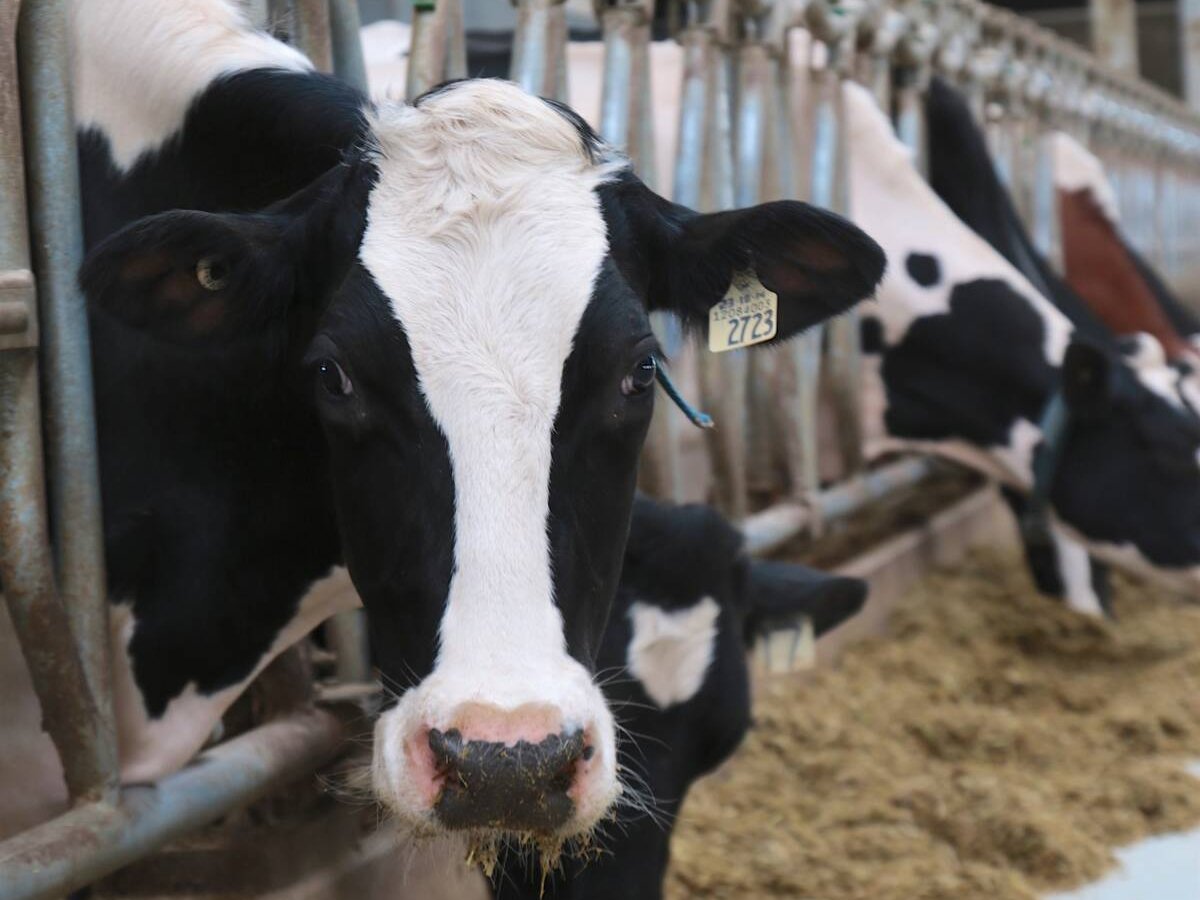Several times in recent years, rural councils have been caught in the crossfire as residents opposed to the so-called corporate-style barns clashed with those who see the hog industry as another vehicle for economic development.
The confrontations have at times pitted neighbor against neighbor and friend against friend.
Although new barns grab headlines when they cause conflict, the president of the Association of Manitoba Municipalities insists most barns are built without causing a rift among residents.
Rural communities are looking for economic development, said Wayne Motheral, and most appear comfortable with the hog barns they have.
Read Also

The Organization for Economic Co-operation and Development lauds Canada’s low farm subsidies, criticizes supply management
The Organization for Economic Co-operation and Development lauded Canada’s low farm subsidies, criticized supply management in its global survey of farm support programs.
“For every one that fails, there are probably 10 or so that are succeeding and the municipalities are very pleased with them.”
Niverville, Man., is among the communities embracing the hog industry as an instrument of prosperity. The Puratone Corporation, a feed and swine production company, has its main offices there. The community has had almost no unemployment for the past few years, said mayor Clarence Braun.
He said he has had no complaints from the town’s residents about odor from the barns during his five years as mayor. Some hog barns are within three kilometres of the town. Braun hopes the hog industry and its critics find common ground.
“One can be increasingly unreasonable about things like this,” he said.
“If you don’t come from the perspective of rural Manitoba, one could be afraid.”
Other municipalities are more guarded about what an expansion of the industry could mean to them.
A few years ago, the Rural Municipality of Gimli banned the import of hog manure into its jurisdiction.
One of its biggest industries, the Seagram’s distillery, relies on underground water to operate. Located on the western shore of Lake Winnipeg, the community also relies on tourism dollars from cottagers and sport fishers.
In the RM of Bifrost, councilor Robert Gudmundson said the message to investors wanting to build mega barns there is: “Put it in your own backyard if you want to have one.”
Motheral doesn’t dismiss the concerns about the expanding hog industry in Manitoba, including the potential impact on the environment and odors associated with hog barns and their lagoons.
“I can’t blame people for being concerned,” he said.
“When you’re sitting on the sidelines and see a 5,000-hog operation going up near your area, you’re probably concerned about water supply and you’re probably concerned about smell. I think smell comes into it a great deal more than what’s let on.”
As part of the province’s livestock-stewardship initiative, Manitoba’s NDP government has pledged support for municipalities to help them update land-use plans and zoning bylaws.
Motheral said municipal planners need to ensure that new hog barns are not built too close to people’s homes. Likewise, new housing developments should not be allowed near existing barns, he said.
“That just doesn’t mix.”














